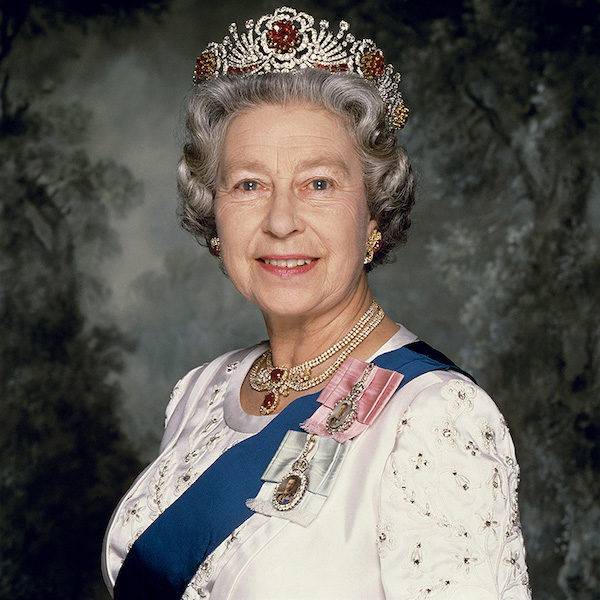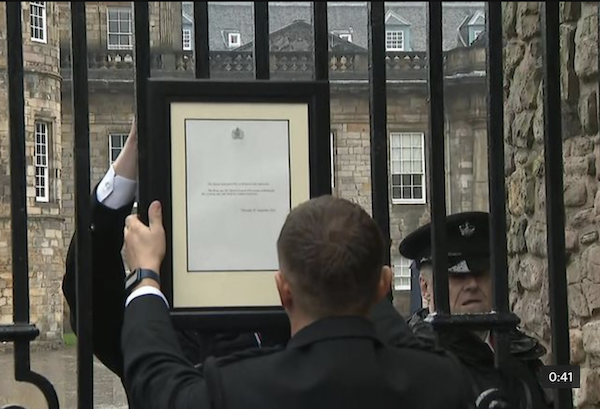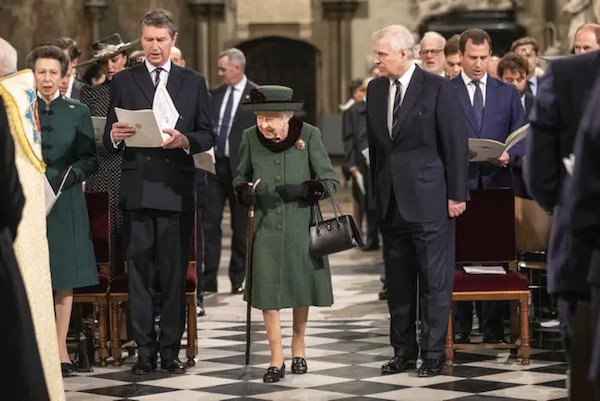




(quote)
London (CNN)It was the perfect ending to a triumphant four days of Platinum Jubilee celebrations — Her Majesty surprising the crowds with an appearance on the balcony of Buckingham Palace.
It was a weekend of jubilation — a celebration of the 70 years of the Queen’s reign that touched upon her many challenges, her worldwide responsibilities as leader of the Commonwealth, and even her personal interests.
The Queen also said she had been “humbled” by the celebrations. One of her greatest strengths over the past seven decades has been her ability to unite people, and through her jubilee celebrations she had wanted to do that once more. The Queen added that she hoped “this renewed sense of togetherness will be felt for many years to come.” Her message here also spoke to the division and turmoil that society — and her family — has faced in recent years.
This week, the U.K. is celebrating Queen Elizabeth II’s Platinum Jubilee, marking 70 years on the throne. She rose to the throne in 1952 at the age of 25 upon the death of her father King George VI. Per TIME’s Feb. 18, 1952, story on the transition of power, “as British officers, for the first time in 51 years, directed their wardroom and regimental toasts ‘to the Queen’ instead of ‘to the King,’ Britons felt in their bones that Elizabeth will be good for them.” In her honor, there will be numerous celebrations and a four-day bank holiday from June 2 to June 5.
“She’s become the longest-reigning monarch in British and Commonwealth history,” as Carolyn Harris, historian and author of Raising Royalty: 1000 Years of Royal Parenting, puts this milestone in context. The previous record-holder was Queen Elizabeth’s great-great grandmother Queen Victoria, who ruled for about 64 years from 1837 to 1901 and was known for being a trendsetter, popularizing everything from white wedding dresses to photography.
The current record-holder for longest-reigning monarch is French King Louis XIV, who ruled as an absolute monarch for approximately 72 years from 1643-1715, beginning when he was about four years old. Based out of his palace in Versailles, he engaged in three wars and was a staunch patron of the arts, supporting writers like Molière during a period nicknamed “Le Grand Siècle” “the Great Century.”
WWII broke out in September 1939 when the then Princess Elizabeth was just 13. It was suggested that she and her younger sister Princess Margaret be evacuated to Canada for their safety, but this idea was rejected by Queen Elizabeth, who later became known as the Queen Mother. She declared: “The children won’t go without me. I won’t leave without the King. And the King will never leave.” Instead, the Princesses moved to Windsor Castle in 1940, where they spent most of the war years, entertaining staff by putting on pantomimes.
The King and Queen officially stayed at Buckingham Palace in London during the war but would spend nights with their children in Windsor. The couple narrowly avoided death when the palace was bombed in 1940 during the Blitz, after which the Queen said she felt she “could look the East End in the face”. The King and Queen regularly visited badly damaged areas throughout the country after the air raids, as well as hospitals and factories, and met troops.
In 1945, Princess Elizabeth became the first female member of the royal family to join the Armed Services as a full-time member, at the age of 19. During her time in the Auxiliary Territorial Service (ATS) she learnt to drive and to maintain vehicles.
The Queen has fondly remembered becoming the first young person in the Commonwealth to receive a junior lifesaving award from the Royal Life Saving Society.
As Princess Elizabeth, she was 14 years old when she earned the junior respiration award in February 1941.
Her Majesty learnt she was the very first to receive the award during a call with the society. She said: “I didn’t realise I was the first one. I just did it, and had to work very hard for it. It’s a very long time ago, I’m afraid, I think it’s changed a lot.” When told 80 years had since passed, she proclaimed: “That’s terrible!”
(unquote)
Image courtesy Max Mumby / Indigo / Getty Images
, filmdaily.co, NationalPost.com, rarehistoricalphotos.com, Toby Hancock / CNN, Dominic Lipinski / PA / AP, Daniel Leal / AFP / Getty Images, yaay.today, Chris J Ratcliffe / Getty Images, Dominic Lipinski / PA Images via Getty, royal.uk






